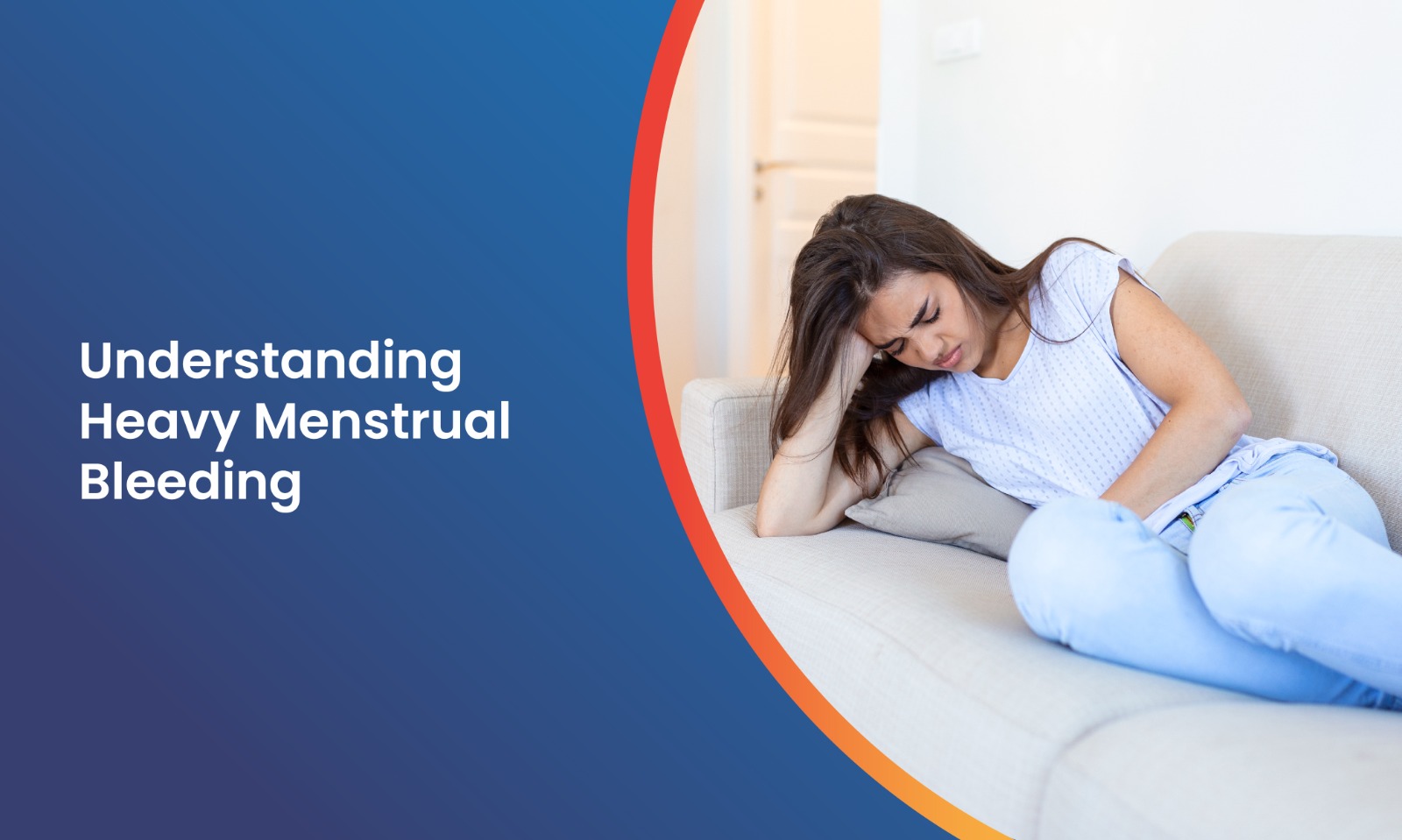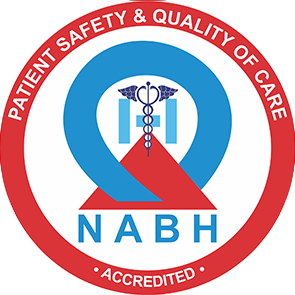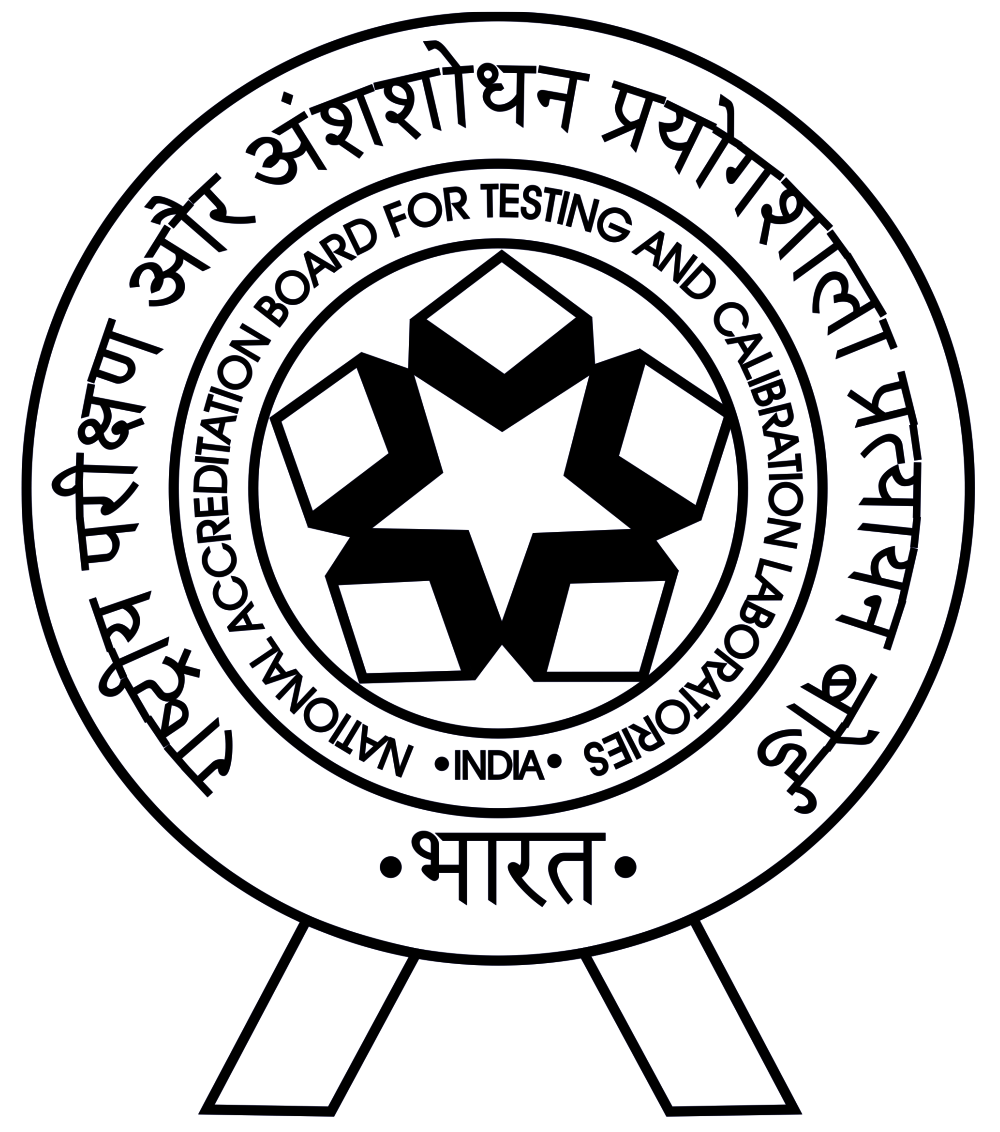Navigating Breast Cancer Treatment: Insights on Chemotherapy, Radiation, and Surgery

Navigating Breast Cancer Treatment: Insights on Chemotherapy, Radiation, and Surgery
Breast cancer is one of the most common cancers affecting women worldwide, with early detection and advanced treatment options increasing the number of survivors. Treatment plans are tailored to each person’s unique diagnosis, cancer stage, and overall health, ensuring the best possible outcomes. Understanding the main treatments—chemotherapy, radiation, and surgery—empowers patients to make informed decisions about their care.
Successful breast cancer management requires a multidisciplinary approach, combining different therapies for maximum effectiveness and minimal side effects. Chemotherapy, radiation, and surgery each play distinct roles in eradicating cancer and preventing recurrence. This article provides a comprehensive guide to these treatments, their benefits, risks, and what to expect during the process.
- Table of Contents
- Overview of Breast Cancer Treatment Options
- Surgery: Removing the Tumour and Conserving the Breast
- Chemotherapy: Targeting Cancer Cells Throughout the Body
- Radiation Therapy: Destroying Remaining Cancer Cells Locally
- Combining Treatments for Best Outcomes
- Side Effects and Managing Treatment Challenges
- Recovery and Life After Treatment
- FAQs
Overview of Breast Cancer Treatment Options
Breast cancer treatment is highly individualized, based on the type and stage of cancer, as well as the patient’s overall health and preferences. The main treatment modalities include surgery to remove the tumour, chemotherapy to kill cancer cells throughout the body, and radiation therapy to eliminate any remaining cancer cells in the breast area. Additional treatments, such as hormone therapy and targeted drugs, may also be used depending on the cancer’s characteristics.
- Treatment plans are personalized and may involve one or more therapies
- Surgery is often the first step for localized breast cancer
- Chemotherapy is used for cancers that have spread or have a high risk of recurrence
- Radiation therapy is commonly given after surgery to reduce recurrence risk
- Hormone therapy and targeted drugs are options for certain breast cancer types
- Regular follow-ups are essential to monitor recovery and detect any recurrence early
Surgery: Removing the Tumour and Conserving the Breast
Surgery is a foundation of breast cancer treatment and is often the initial step for most patients with localized disease. The main surgical options are breast-conserving surgery (lumpectomy) and mastectomy (removal of the entire breast), with the choice depending on tumour size, location, and patient preference. Advances in surgical techniques and reconstruction options have improved both cosmetic and functional outcomes for many women.
- Lumpectomy removes the tumour and a margin of healthy tissue, preserving most of the breast
- Mastectomy involves removing the entire breast, often recommended for larger or multiple tumours
- Oncoplastic surgery combines cancer removal with plastic surgery techniques for better cosmetic results
- Sentinel lymph node biopsy or axillary dissection checks for cancer spread to lymph nodes
- Breast reconstruction can be performed during or after mastectomy for improved appearance
- Surgical decisions are made based on tumour characteristics and patient preferences
Chemotherapy: Targeting Cancer Cells Throughout the Body
Chemotherapy uses powerful drugs to kill cancer cells that may have spread beyond the breast, reducing the risk of recurrence and improving survival. It can be given before surgery (neoadjuvant) to shrink tumours, or after surgery (adjuvant) to eliminate any remaining cancer cells. Chemotherapy is typically administered in cycles, allowing the body time to recover between treatments.
- Chemotherapy drugs are usually given intravenously, sometimes through a central line for easier access
- Treatment is given in cycles, with rest periods to help the body recover
- Neoadjuvant chemotherapy can shrink tumours, making surgery easier and more effective
- Adjuvant chemotherapy reduces the risk of cancer returning after surgery
- Side effects may include fatigue, nausea, hair loss, and increased infection risk
- Chemotherapy duration depends on the drugs used and the response to treatment
Radiation Therapy: Destroying Remaining Cancer Cells Locally
Radiation therapy is commonly used after breast-conserving surgery to kill any remaining cancer cells in the breast and reduce the risk of recurrence. It can also be used after mastectomy in cases where there is a high risk of cancer returning in the chest wall or lymph nodes. Radiation is usually delivered as an outpatient procedure over several weeks.
- Whole breast irradiation is the most common type after lumpectomy
- Partial breast irradiation or hypofractionated regimens may be options for select patients
- Radiation after mastectomy is considered if lymph nodes are involved or the tumour margins are positive
- Treatment is typically daily for several weeks, with each session lasting only a few minutes
- Side effects may include skin irritation, fatigue, and mild breast swelling
- Advances in radiation techniques have improved precision and reduced side effects
Combining Treatments for Best Outcomes
Combining surgery, chemotherapy, and radiation often provides the best chance for curing breast cancer and preventing recurrence. The sequence and combination of treatments are determined by the cancer’s stage, biology, and the patient’s overall health. Multidisciplinary teams work together to tailor treatment plans for each individual.
- Surgery is often followed by chemotherapy and/or radiation to target remaining cancer cells
- Neoadjuvant chemotherapy may be used to shrink tumours before surgery
- Radiation therapy is commonly given after surgery to reduce local recurrence risk
- Hormone therapy or targeted drugs may be added for hormone receptor-positive or HER2-positive cancers
- Treatment plans are adjusted based on how the cancer responds to initial therapies
- Regular imaging and blood tests help monitor treatment effectiveness and detect recurrence
Side Effects and Managing Treatment Challenges
Each breast cancer treatment can cause side effects, which vary depending on the therapy and the individual’s response. Managing these side effects is a key part of treatment, and supportive care is available to help patients cope. Open communication with healthcare providers ensures that side effects are addressed promptly and effectively.
- Surgery may cause pain, swelling, and limited arm mobility, but these usually improve with time
- Chemotherapy can lead to fatigue, nausea, hair loss, and increased infection risk
- Radiation therapy may cause skin redness, irritation, and mild breast swelling
- Hormone therapy can cause hot flashes, joint pain, and increased risk of osteoporosis
- Targeted therapies may have unique side effects, such as heart problems or skin rashes
- Supportive care, including pain management and counselling, helps improve quality of life during treatment
Recovery and Life After Treatment
Recovery after breast cancer treatment is a gradual process that involves physical healing, emotional adjustment, and regular follow-up care. Many women regain their strength and return to normal activities, but ongoing monitoring is essential to detect any recurrence early. Survivorship programs offer support for managing long-term side effects and improving quality of life.
- Physical recovery from surgery and other treatments may take weeks to months
- Emotional support and counselling can help patients cope with the psychological impact of cancer
- Regular follow-up appointments and imaging tests monitor for recurrence
- Healthy lifestyle choices, such as exercise and a balanced diet, support recovery and reduce recurrence risk
- Support groups and survivorship programs provide valuable resources and community
- Long-term side effects, such as lymphedema or fatigue, may require ongoing management
Frequently Asked Questions (FAQ)
Q1 What is the difference between lumpectomy and mastectomy?
Lumpectomy removes only the tumour and a margin of healthy tissue, while mastectomy removes the entire breast.
Q2 When is chemotherapy used for breast cancer?
Chemotherapy is used to kill cancer cells that may have spread, often given before or after surgery depending on the cancer’s stage and characteristics.
Q3 What are the side effects of radiation therapy?
Common side effects include skin irritation, fatigue, and mild breast swelling, but these usually resolve after treatment ends.
Q4 How long does breast cancer treatment usually take?
Treatment duration varies, but surgery is often followed by several weeks of chemotherapy or radiation, with total treatment lasting several months.
Q5 Can breast cancer come back after treatment?
Yes, regular follow-up is important because breast cancer can recur, but early detection improves the chances of successful treatment.
Q6 What support is available during and after treatment?
Support groups, counselling, and survivorship programs offer emotional support and help manage long-term side effects.














